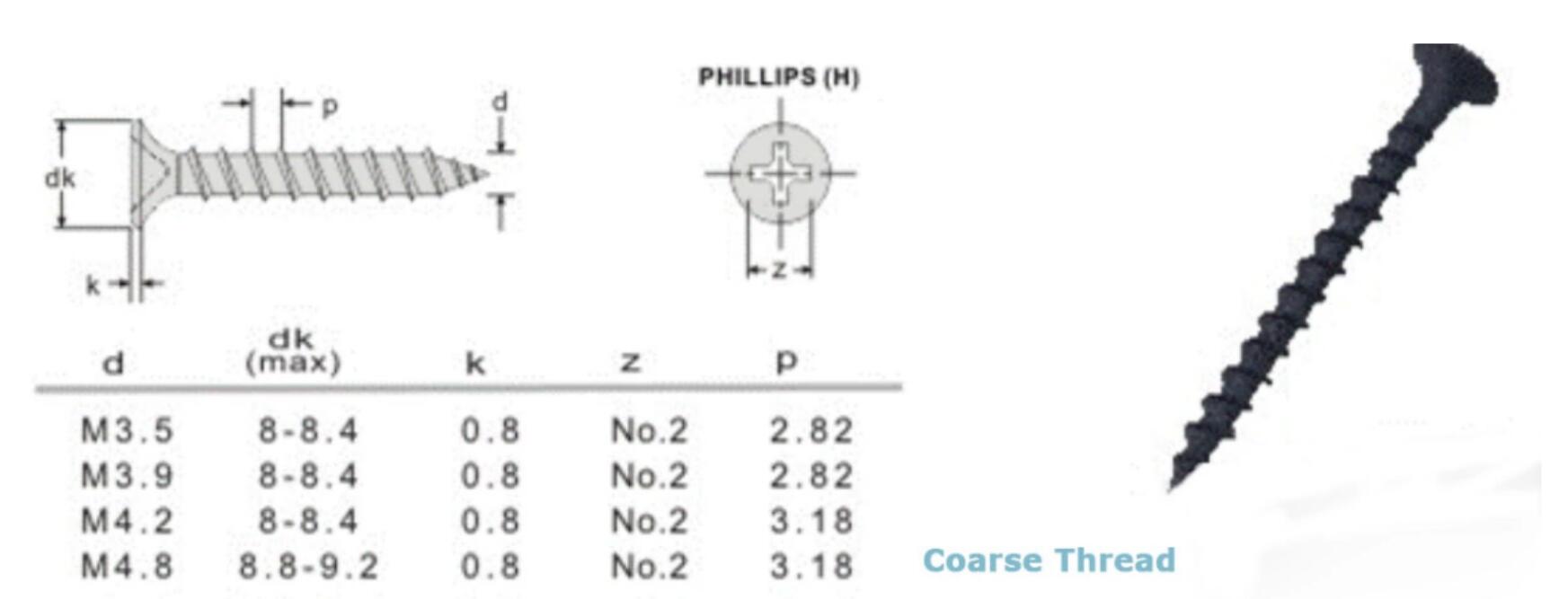Comparing Spring Washers and Lock Washers for Optimal Fastening Solutions
Spring Washer vs. Lock Washer Understanding Their Differences and Applications
When it comes to securing fasteners in various mechanical assemblies, washers play a crucial role in ensuring the integrity and longevity of connections. Among the many types of washers available, spring washers and lock washers are two common options. While they may appear similar, their functions, designs, and applications differ significantly. In this article, we will explore the distinctions between spring washers and lock washers, helping you understand which to use in specific situations.
What is a Spring Washer?
A spring washer, also known as a conical washer or disc spring, is designed to exert a force to maintain pressure between joined components. It is typically made of elastic materials, such as steel, and is often found in applications where vibration or thermal expansion might cause loosening of fasteners.
The most common type of spring washer is the belleville washer, which features a conical shape that allows it to compress and expand under load. This elasticity helps absorb shocks and vibrations, thereby providing a constant clamping force on the bolt or screw. Spring washers are beneficial in applications such as automotive engines, machinery, and other equipment subject to dynamic loads.
What is a Lock Washer?
In contrast, a lock washer is specifically designed to prevent loosening of fasteners due to vibrations or movements
. Lock washers can be divided into several types, with the most common being split lock washers, toothed lock washers, and wave washers.Split lock washers, for instance, have a split in the ring that creates a spring-like mechanism. When tightened, the washer's split bites into the surface of the fastener and the connection, providing added friction that resists loosening. Toothed lock washers, on the other hand, have teeth that grip the surface of the fastened part, offering a more secure hold. Lock washers are commonly used in various industries, especially in applications like construction, manufacturing, and electronics, where reliability is paramount.
spring washer vs lock washer products

Key Differences
1. Functionality The primary function of a spring washer is to maintain pressure under dynamic conditions, providing elasticity and shock absorption. In contrast, the main role of a lock washer is to prevent loosening of bolts and screws under vibration or movement.
2. Design Spring washers typically feature a conical or disc shape, while lock washers often have a ring shape, with characteristics like splits, teeth, or wavy profiles to enhance their grip.
3. Applications Spring washers are ideal for applications where movement or vibration can alter the connection integrity. Lock washers are more suited for situations where there is a risk of fasteners coming loose, such as in heavy machinery and vehicles.
Choosing Between Spring and Lock Washers
When determining which type of washer to use, consider the nature of your specific application. If your machinery operates under varying loads and vibrations, a spring washer may be the appropriate choice, as it can absorb shocks and maintain clamping pressure. Conversely, if your fastened connections are prone to loosening, you might prefer a lock washer to ensure that screws or bolts remain securely fastened.
Conclusion
In summary, while spring washers and lock washers may seem like interchangeable components at first glance, their differences in design and function make them suitable for distinct applications. Understanding these differences is essential for anyone involved in mechanical assembly or maintenance, as selecting the correct washer can significantly affect the performance and reliability of machinery and structures. Always evaluate the specific requirements of your project before making a decision, ensuring that you choose the right type of washer to achieve optimal results in your applications. By doing so, you will enhance the safety, durability, and effectiveness of your engineering endeavors.
-
Top Choices for Plasterboard FixingNewsDec.26,2024
-
The Versatility of Specialty WashersNewsDec.26,2024
-
Secure Your ProjectsNewsDec.26,2024
-
Essential Screws for Chipboard Flooring ProjectsNewsDec.26,2024
-
Choosing the Right Drywall ScrewsNewsDec.26,2024
-
Black Phosphate Screws for Superior PerformanceNewsDec.26,2024
-
The Versatile Choice of Nylon Flat Washers for Your NeedsNewsDec.18,2024










